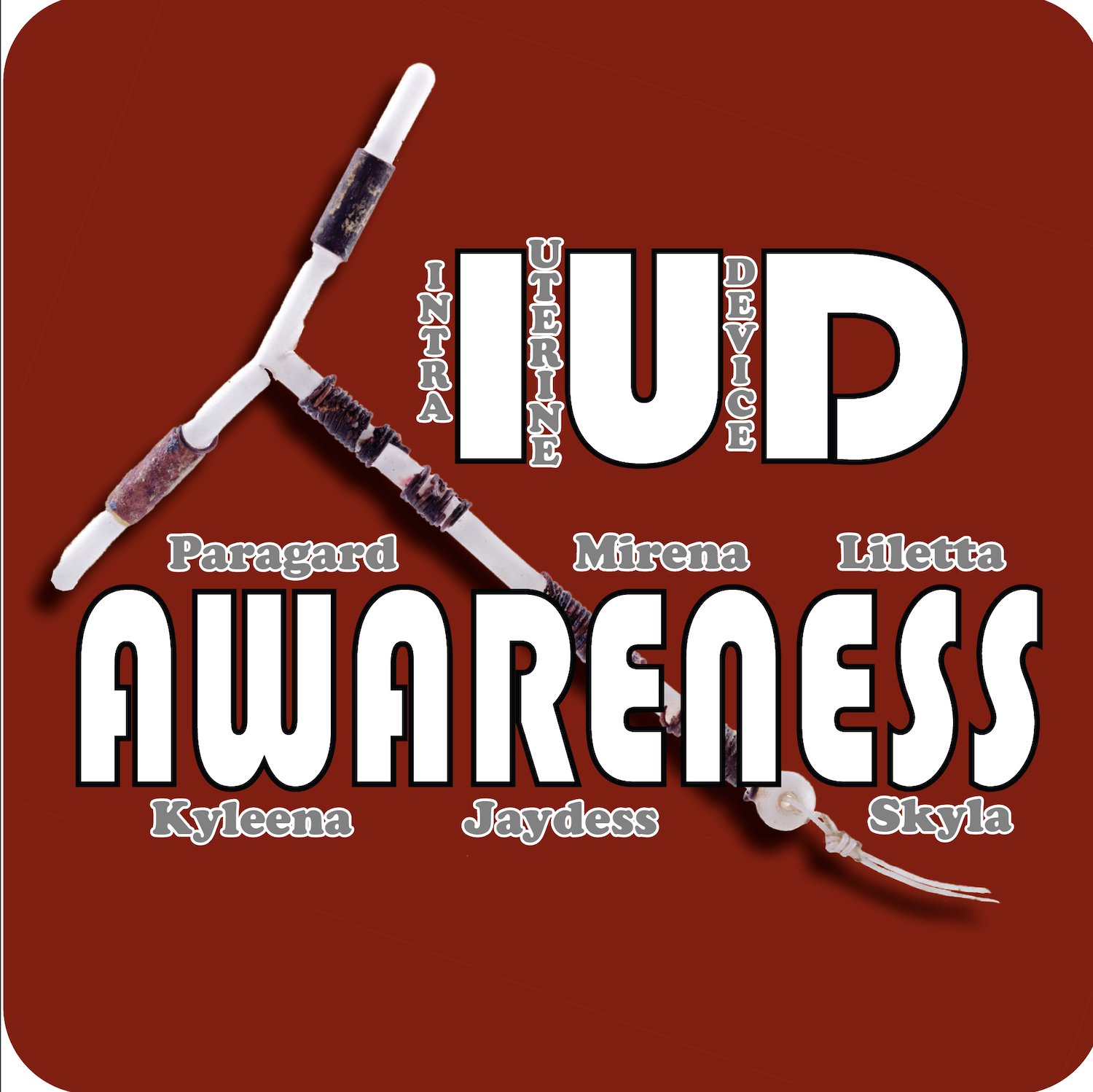Spiralkampagnen: how Denmark used women’s bodies to regulate the population in Greenland
/“In the 1960s, faced with Greenland’s growing population, the Danish authorities launched an active policy to regulate the Greenlandic population. According to the Danish media DR, which is at the origin of the revelations, from 1966 onwards, thousands of IUDs were placed on Greenlandic women and girls from the age of 13[1]. Between 1966 and 1970, 4,500 Greenlandic women and girls were reportedly involved, or one of two fertile women at the time. The campaign is said to have continued beyond 1975. According to several women who are testifying today, everything took place without informed consent, and some minors were summoned by the school doctor without their parents even being informed. In 1970s, the law was changed so that doctors in Greenland could guide young girls from the age of 15 on contraception without their parents’ consent. Naja Lyberth was 14 years old in 1976 when she and the other girls in her class in Maniitsoq were called to the hospital; she now accuses Denmark of “taking her virginity”[2]. Inge Thomassen says that in 1995, during a medical examination, she realised that she had been wearing an IUD for years, which would have made her permanently infertile[3]. These testimonies are not isolated[4][5], this obstetric violence may have affected several hundred Greenlandic women. In addition, at the time, intrauterine devices were larger than those used today, which could cause even more pain and bleeding and have significant long-term effects.
« We are talking about a genocide »
The Greenlandic political class is unanimous in condemning the violent policy of the Danish authorities. In the Folketing, the Danish parliament, Aki-Matilda Høegh-Dam, a Greenlandic MP (Siumut, S) since 2019, denounces what, for her, “borders on genocide”[6]. For Anaja Chemnitz Larsen, also a Greenlandic (Inuit Ataqatigiit, IA) member of the Folketing, “it shows a view of humanity that Greenlanders are different from Danes (…) by considering Greenlandic women as incapable of making a decision about their own bodies.” “This is an example of objectification and politicisation of the female body that is totally unacceptable. I find it cruel that the campaign included children under 18 and girls who were not sexually active (…) We need to get to the bottom of this and make sure that no more stories get buried. We must get rid of any policy where women are deprived of responsibility and co-determination of their own bodies”, says Naaja H. Nathanielsen (IA), Naalakkersuisoq (Minister) for Finance and Gender Equality.”
“It was in the autumn of 1968 that an active and effective campaign for the adoption of IUDs was conducted by Danish Chief Medical Officer W. Mortensen, who was in charge in the Ittoqqortoormiit region. “The proportion of women who received an IUD was very high: 45 out of 63 women aged between 17 and 40 years, and then 8 women asked to have it removed. Of the 18 women who did not receive an IUD, 3 were infertile, one was 30 years old and had never had a child, and for 10 others the last pregnancy was more than four years ago. However, we had shown in our 1968 study that there were virtually no cases of long intervals between pregnancies”[17]. Between 1959 and 1968, the birth rate was 52‰, with an average of 20 births per year, and an average population of 385. After the introduction of birth control, the average annual births for 1969 and 1970 fell to 3, or 7.2‰. Thus, for 1969-1970, the number of births is even lower than in the early years of the community, which was founded in 1924-25, when the population was six times larger. According to Joëlle Robert-Lamblin, an anthropologist who visited the village in 1968 and 1970, just before and just after the IUD campaign, many women told her in 1970: ‘We have no more children, and we don’t understand why’. Following these testimonies, an investigation was carried out in the field at the time. Finding the trace and documenting the context of this disgraceful policy would certainly be, in Ittoqqortoormiit, as in the whole of Greenland, a further step in a slow process of decolonisation.”











January 11, 2023
Breakpoint